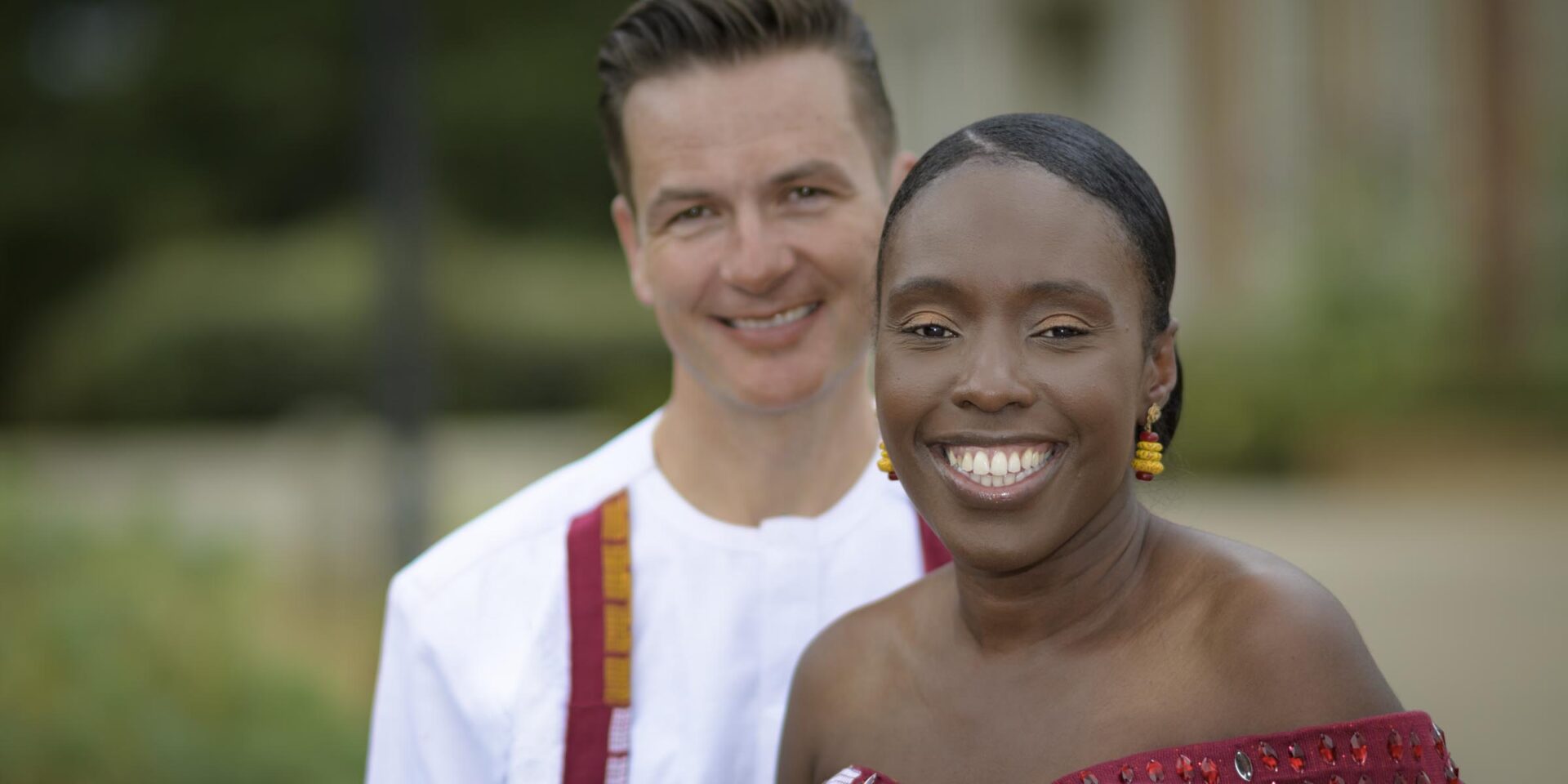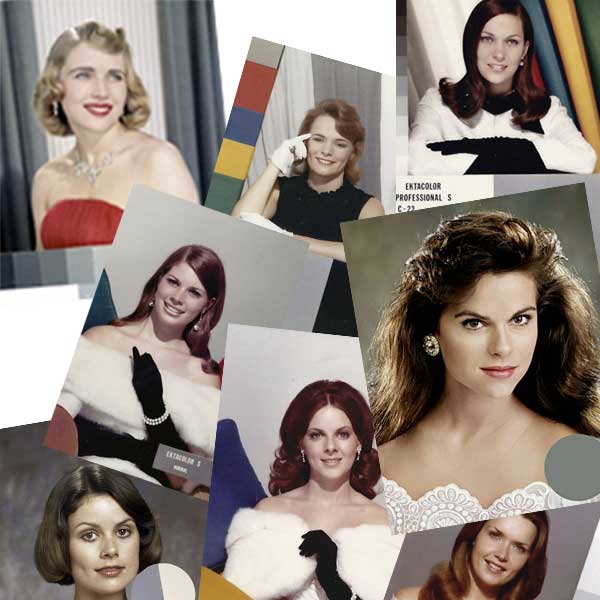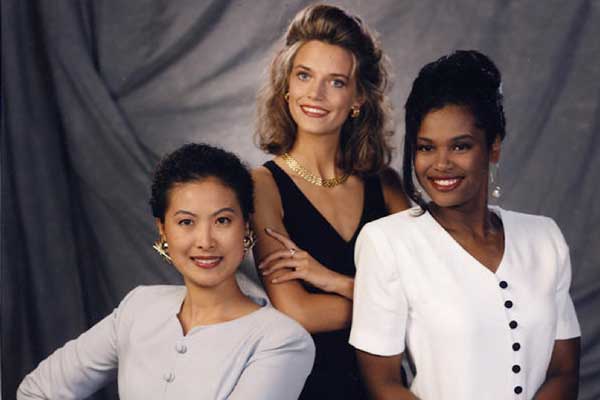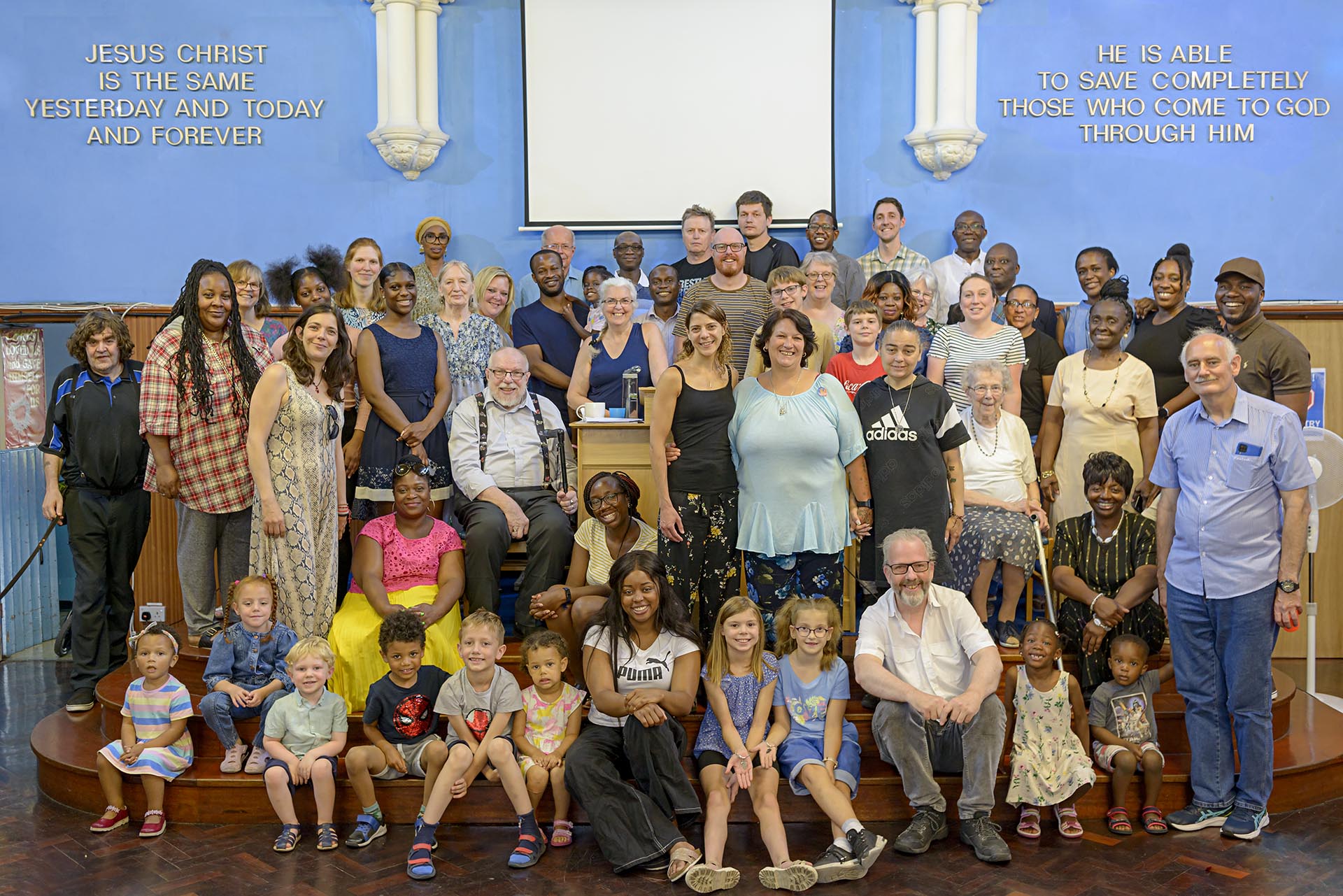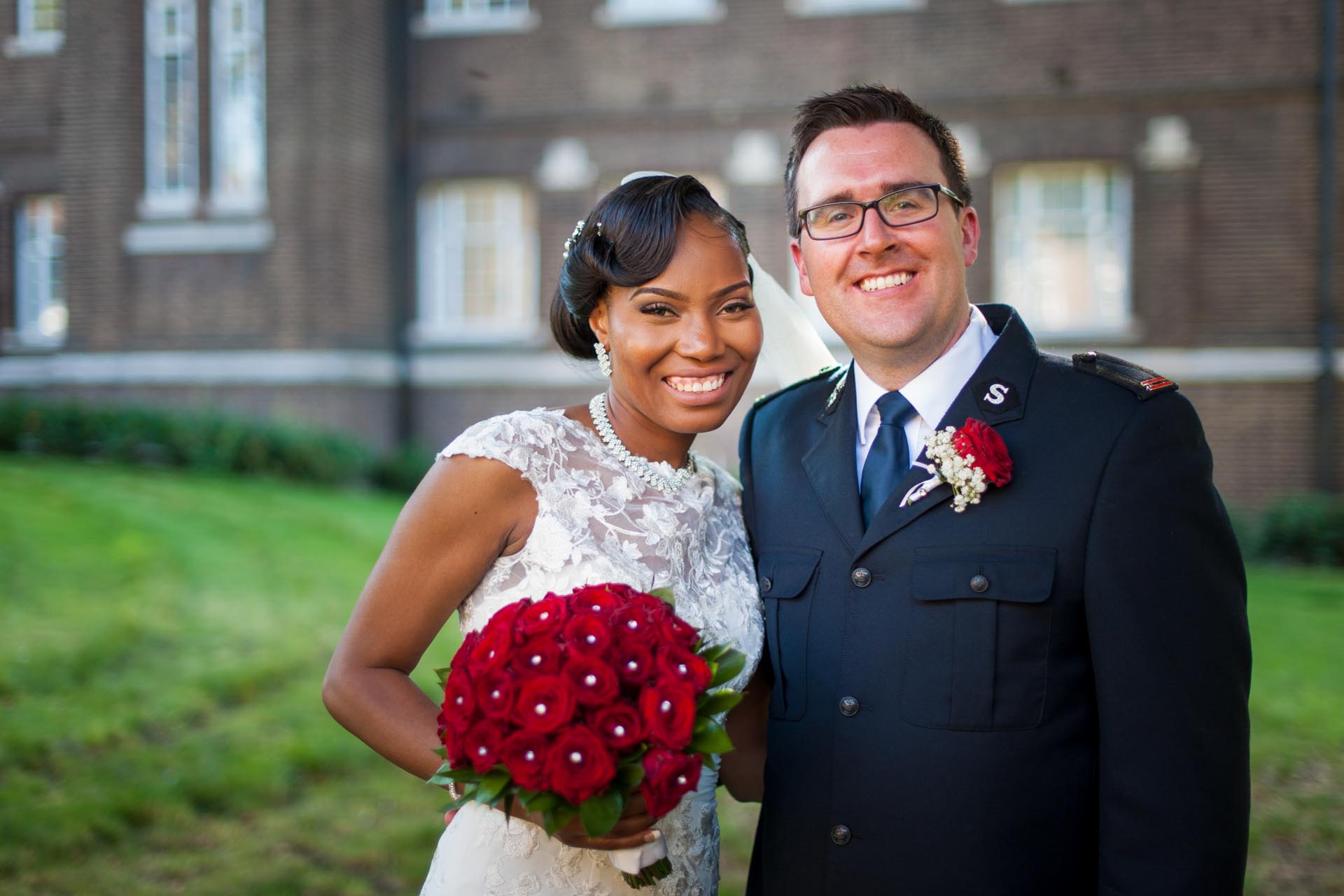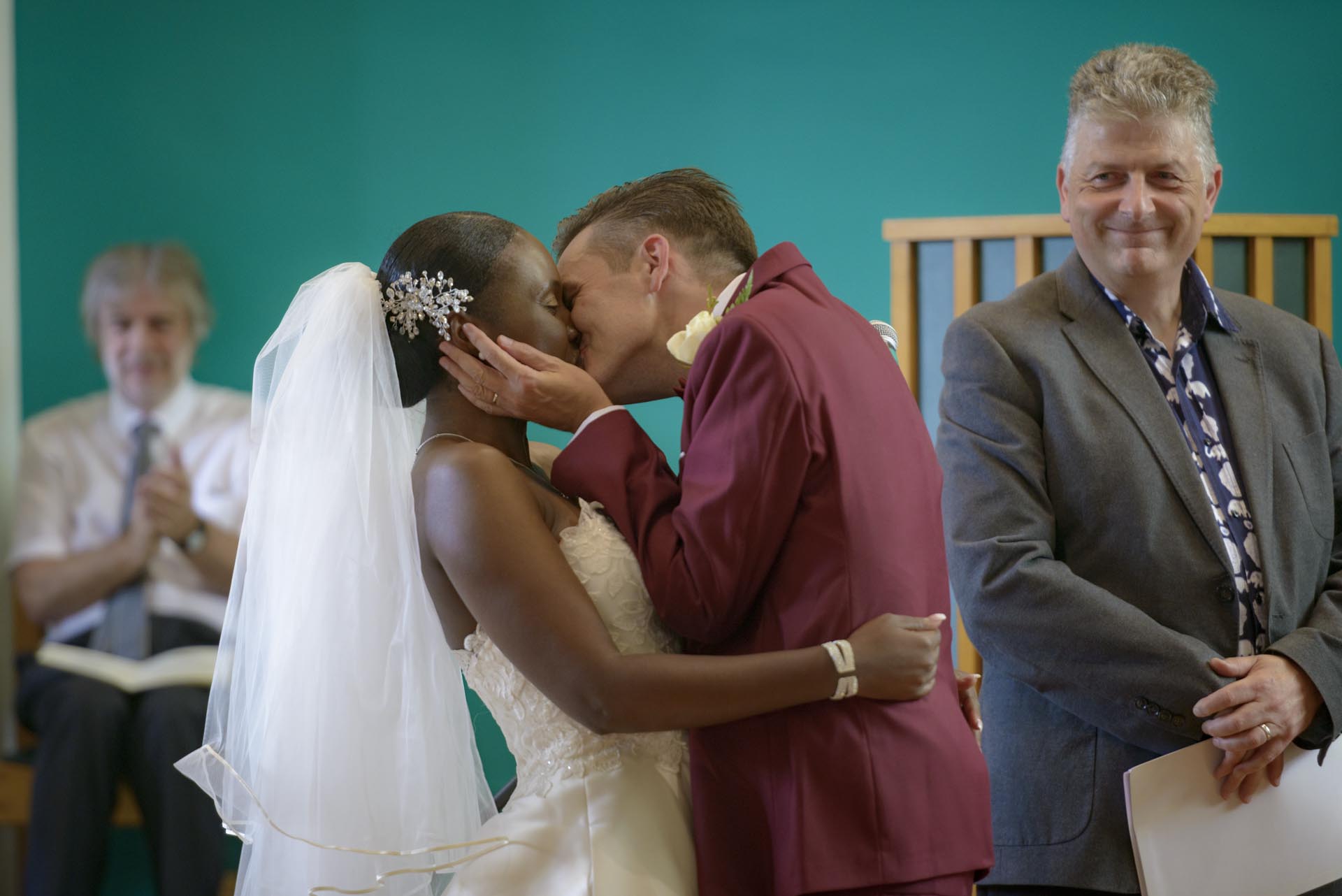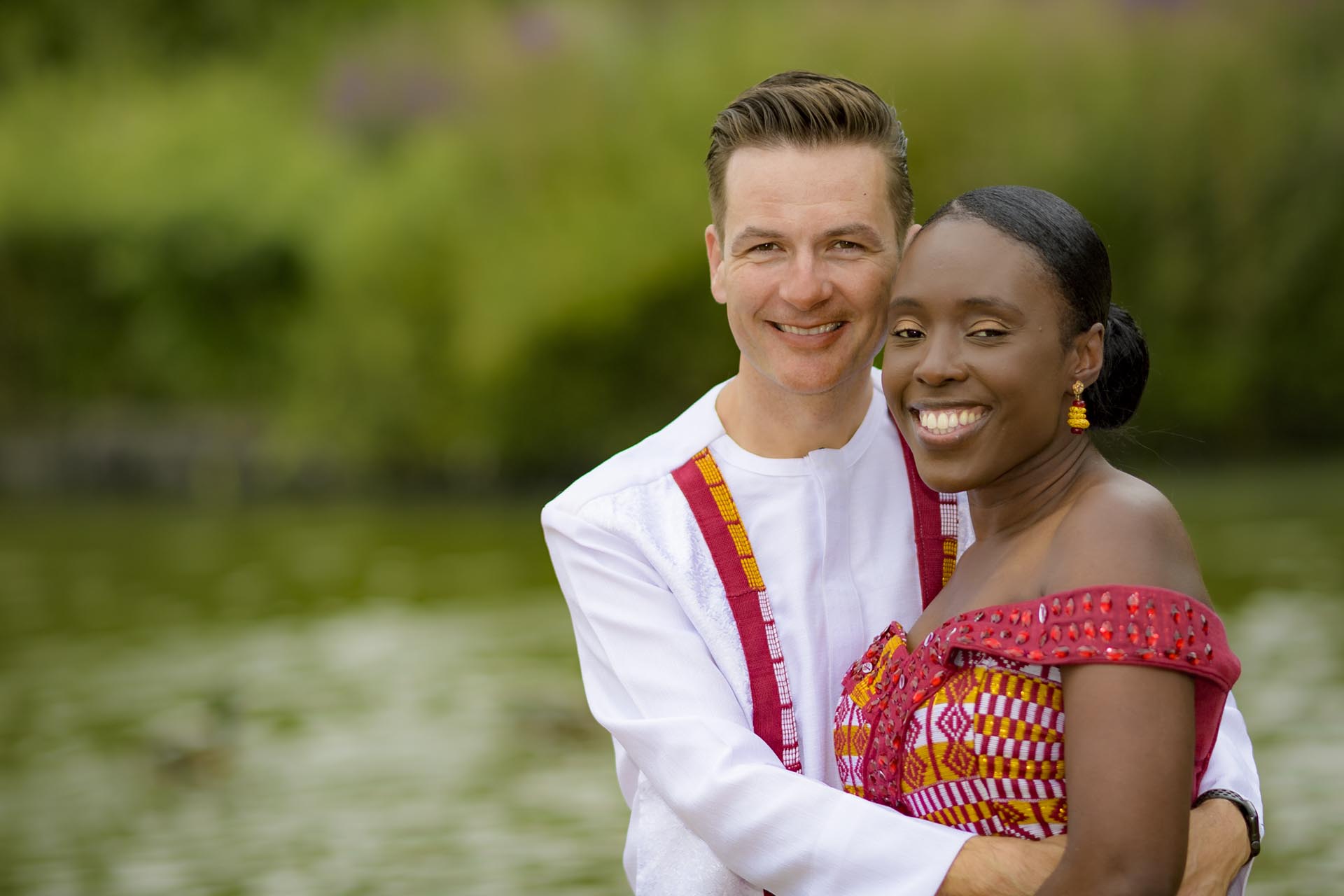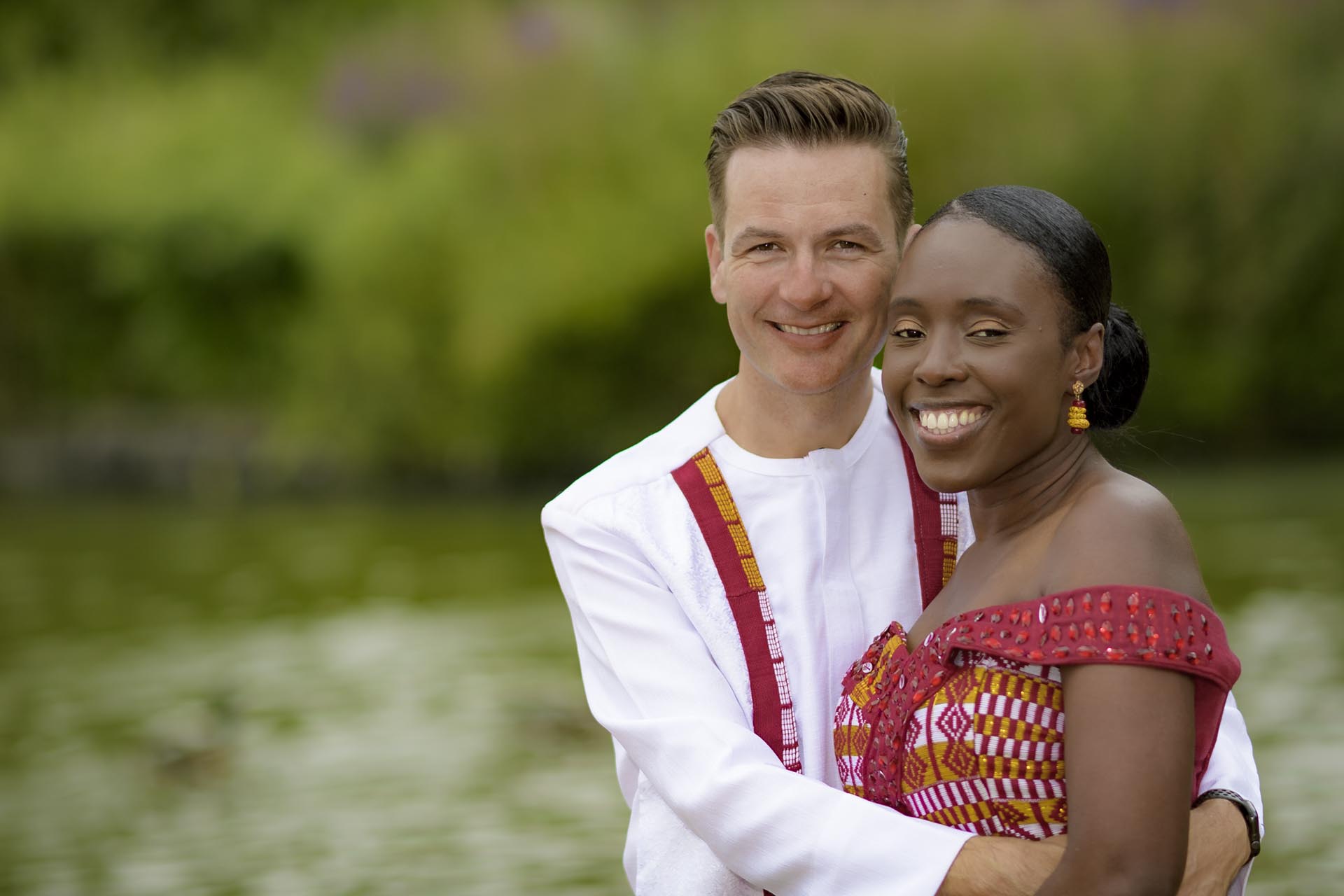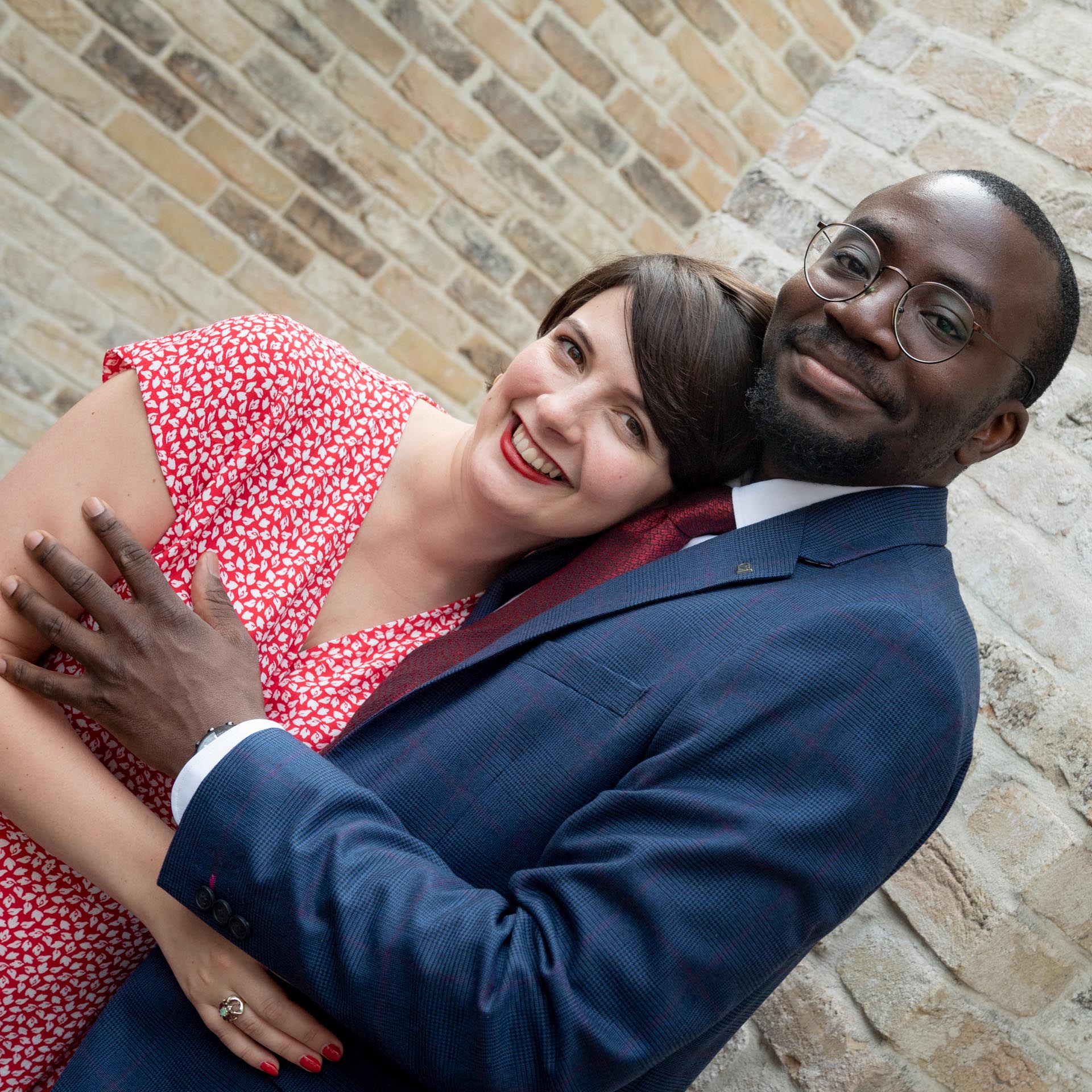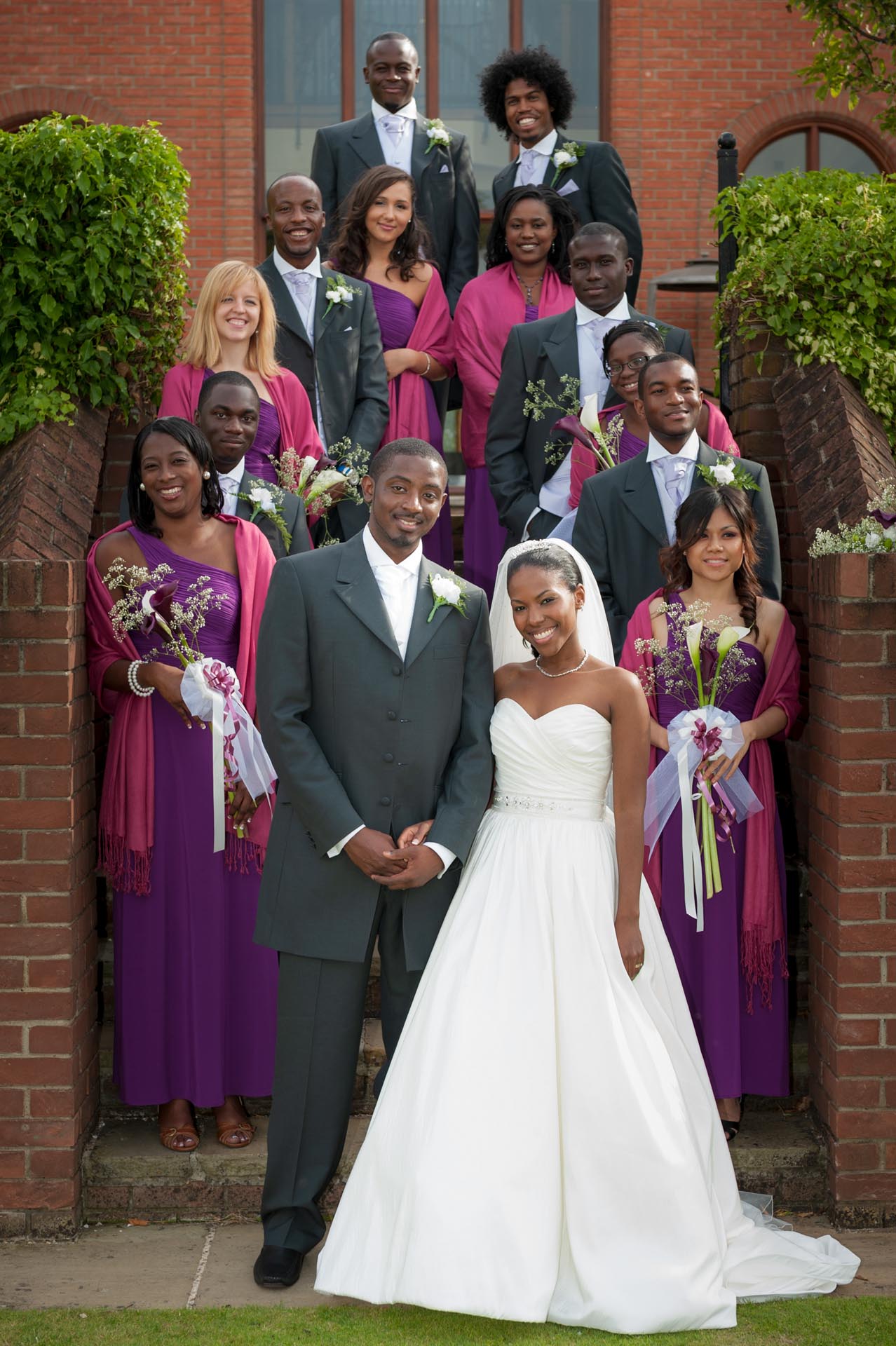Black skin matters: an old bias
Every so often an article in a mainstream newspaper highlights the fact that photography, especially colour photography, has an inbuilt racial bias to white people. This goes back to the now infamous “Shirley Cards” used by technicians to set-up the tones on Kodak printing machines back in the days of film. Film itself was calibrated, and then printing processes were based, on a “white skin as normal” set-up.
This was noticed at the time, by the more astute – or sensitive. The filmmaker Jean-Luc Godard refused to use Kodak stock when shooting in Moçambique in 1978 on the grounds that the “film was racist.” His stand, and that of others, eventually and belatedly had an effect: in 1996 Kodak produced its first multiracial Shirley Card (with African American and Asian American women added to the original white “Shirley”. A further, Hispanic, face was added later. Black skin (and other, non-white, skin types) began to be acknowledged by the industry.
Of course, 1996 was already seeing the very beginnings of the new digital technology in cameras. Although digital photography dispenses with the problem in some ways, as you can edit and calibrate your own photos, many of us feel that there is still some inbuilt bias in our cameras. Do cameras still treat black skin and white skin with a built-in bias?
Black skin matters: an on-going problem?
It is very hard to quantify what racial bias persists in cameras in the digital age, but few doubt that there is some, as a hangover from the film era. Modern cameras, including, and perhaps especially, high-end, professional models, have built-in algorithms that recognise what is being photographed and assist with exposure and focussing accordingly. Does that software still reflect some of the old, film-driven bias? I think it does.
My own perceptions are that:
- My cameras do not recognise black faces as easily as they recognise white faces. (By “recognise” I mean “see” that this is a face in order to focus on it, especially on the nearer eye.)
- My cameras do not expose as accurately for black faces.
- When the files from my cameras are edited to get the tone right, it is all too easy for dark faces to come up too red – or, if you correct for that, for any white person in the photograph to look a bit cold (if not frost-bitten). It is also very easy to lose detail and shape/sculpting of a dark face, leading to a featureless look.
There is no doubt that this really matters. At the very least, my commitment as a professional photographer is to deliver images to my clients that they recognise as being good likenesses of themselves and those they love.
But beyond that, as a photographer who marvels at the beauty and variety of human faces, I want to capture real people as they really are. I want to honour them with my camera – not under- or over-expose them, redden them, or leave their faces virtually featureless.
Ultimately, as a Christian, who sees all men and women as being made in the image of God, I am compelled to communicate as best I can the dignity and value of all people, whatever their ethnic roots and cultural distinctives.
Black skin matters: a challenge for a wedding photographer?
Paul and Lizette at their Salvation Army wedding in Camberwell
Over the years, I have had the privilege of acting as wedding photographer at many celebrations where bride or groom or both are “non-white”. To be honest, the biggest photographic challenges are where the people in the shot are mixed: getting the exposure and edit right is easier with all black or all white. Mixed bride and groom, or mixed guests (and that is almost always!) can make for some painstaking work on the computer afterwards.
It was after Neil and Abigail’s wedding in Edmonton that I started working seriously on my editing for dark skin. It was a fully Anglo-Ghanaian wedding not only in the mix represented by bride and groom, but in the full weight given to both cultures. In effect it was two weddings in one day – with both bride and groom having two complete sets of clothes. Her Ghanaian dress, and his English jacket and bow tie both had strong, though different reds. My challenge was to get the exposure right on all skin tones, not to redden dark skin, and at the same time to keep the red clothing true to reality and vibrant. I developed and saved a set of Adobe settings that I now call on as a starting point whenever I need to make this kind of compensation. There is always further tweaking to be done, though; there is no such thing as “black skin” just as there is no such thing as “white skin”. “Black” covers many shades, just as whites have many variations on what Steve Biko called “pinko-grey”!
Black skin matters: honouring my clients
You can judge whether or not my adjustment is successful, or even necessary! I delivered the images to Neil and Abigail with my own filter applied throughout, and they were delighted with the work.
I guess the point is simply to be conscious of the specific challenges and opportunities to make the edit really shine for every individual couple. A serious wedding photographer will approach each celebration on its own terms. Who are this couple? What is their style? What are their wedding themes? How can my photography on the day, and in the edit, work with (and not against) the feel and mood they have created? And above all, how can I honour them as people? Is my photography really about me, my cameras, my lenses, or is it truly human in its view of the world? Really seeing people and having an eye to skin and hair colour as well as clothes and other elements is all part of that.
I’m Andrew, Bromley wedding photographer, serving the whole of London, Kent, Surrey and Sussex. To contact me to enquire about my wedding photography use my Contact Form or just text (07983 787889) or email me at Andrew@AndrewKingPhotography.co.uk
Photos © copyright Andrew King Photography

